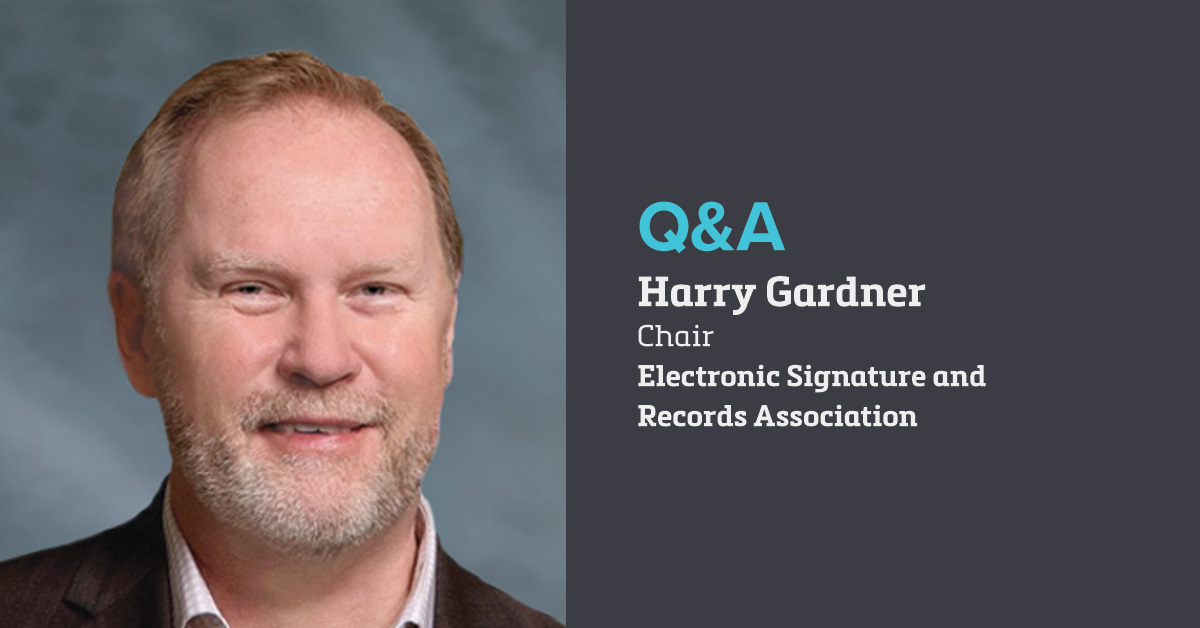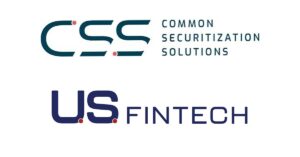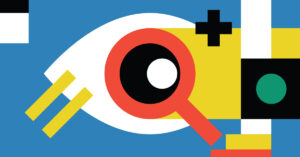The “digital mortgage” has served as a catch-all term. In reality, however, the phrase refers mainly to the portal-based systems that collect borrower information at the front end of the mortgage process.
In the past, most of these digital mortgages still resulted in paper-based closings. This is inevitably changing, said Harry Gardner, executive vice president of Docutech and chair of the Electronic Signature and Records Association.
“Lenders are recognizing that if they want to have a digital mortgage, they really want an electronic closing as well, to keep things electronic through the entire process,” Gardner said. “That term, digital mortgages, now is starting to mean what we always wanted it to mean, which is really end-to-end electronic capability.”
Gardner took time to speak to Scotsman Guide about the evolution of the digital mortgage and what still needs to happen.
Where do you see the industry headed?
We’ve seen a level of e-closing adoption that we’ve never seen before. I think the digital mortgage concept really raised everyone’s awareness level, even though that was primarily focused on the front end of the loan process. But it’s kind of that rising tide that has led to awareness of the closing of the back end of the process as well. It really seems like we’re well-poised now to connect that entire process flow and give [borrowers] a truly digital mortgage experience with the e-closing solutions that are out there today.
Are there any holdouts?
E-notarization after all these years is still a challenge, because it’s controlled at the state-by-state level. The good news is that the solutions that are out there have implemented their own capability, in their own knowledge base, to understand and be able to inform the lender. There’s essentially what we call e-eligibility. It’s telling the lender for this loan [that] because it has this county recorder, it’s in this state and you’re using this investor, we can tell you exactly how [electronic] your closing can be.
Are consumers pushing back on the digital mortgage process?
Consumers certainly don’t seem to be. They embrace it. The millennial generation especially, but even older consumers, they’re so used to e-signing everything today that we don’t see a lot of anecdotal pushback at all.
What about pushback within the mortgage industry?
Lenders seem to be wanting to adopt it. It makes their process more efficient and we can show their cost savings — there are hard and soft cost savings involved — so we don’t see a pushback there at all either. What we’re seeing is lenders will start with kind of a crawl, walk, run approach.
What about smaller lenders?
Even smaller ones are definitely interested. From their perspective, the good news is that the solution can be fairly turnkey. They don’t have to invest a lot. You set up, and once you’re up and running, it’s a modest per-loan fee. Even for a smaller lender, I think the benefit can be compelling.
It has been a long process to get to this point. What are the lessons that have been learned in the past 10 years?
The whole path to e-closing was certainly impacted by the global financial downturn. Lenders were hunkered down and all that. One of the lessons learned that we’ve certainly tried to embrace and address is that we want to welcome in the title and settlement community. They’re an integral part of any closing event.
From their viewpoint, having say 10 different e-closing systems out there in the ecosystem may be challenging. Our perspective has been to make it drop-dead simple, give them all the information they need to know about the borrower’s status, [and] know how much has been e-signed and how much is ink signed.
What about security?
Whether it’s going to be a paper closing or an e-closing, the lender still has to secure that data. I think the important thing that happens on the e-closing side is the importance of good authentication — making sure the borrower is who they say they are and all that. And there are more advanced methods for that today. But the security challenge, I think, is largely equivalent whether you have a paper or an e-closing.







